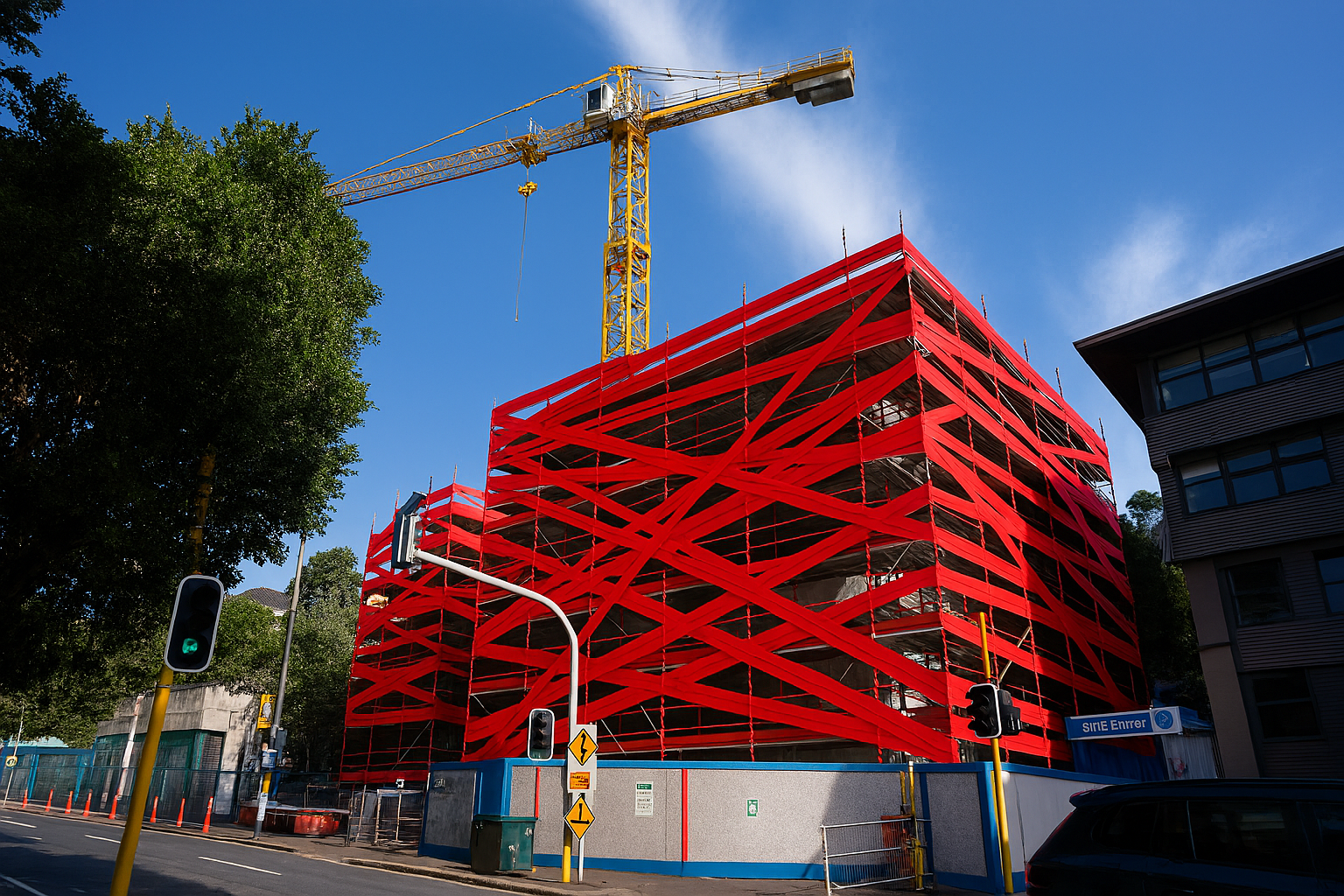Updating scaffolding regulations
Changing the rules around scaffolding to make compliance simpler and fairer

We heard through the Red Tape Tipline that outdated scaffolding regulations were creating unnecessary compliance complexity and increasing costs for the industry.
A key issue is the requirement under the Health and Safety in Employment Regulations 1995 for scaffolders to hold a Certificate of Competence if scaffolding is higher than five metres. These regulations also define three categories of scaffolding – basic, advanced and suspended – which no longer reflect current industry practice.
The Scaffolding, Access and Rigging Association of New Zealand (SARNZ) follows up-to-date industry standards and issues Certificates of Competence for four categories: elementary, intermediate, advanced suspended, and restricted. Because the regulations have not kept pace with the development of these four categories, there is a mismatch between industry best practice and the rules they have to follow.
For example, some workers must complete suspended scaffolding training to gain an advanced certificate, even when their work does not involve suspended scaffolding. This can add unnecessary cost, create project delays, and contribute to workforce shortages.
This mismatch has also fed into wider sector concerns that scaffolding rules are overly complex and, in some cases, encourage over-compliance — such as requiring scaffolding for low-risk work where a safer, simpler option (like a ladder or harness) would be appropriate.
What did we do?
The issue was raised with us via the Red Tape Tipline, and we quickly connected with the right agencies and industry experts. We carried out a rapid review, confirming that the 30-year-old regulations are out of step with current scaffolding methods and training.
This was something the sector had been raising for years, but it hadn’t gained traction. By shining a light on the problem and pressing for action, we helped ensure the right people were listening and that progress was made.
We worked with SARNZ to understand the practical impacts on the sector and talked to the Ministry of Business, Innovation and Employment to find a solution. We advised the Minister that modernising the certification requirements should be treated as a priority. The Minister has now recommended this change to the Workplace Relations and Safety Minister, who has committed to consulting on updated rules, a risk-based approach to working at heights, and clearer guidance on when scaffolding is needed. The Minister for Workplace Relations and Safety also confirmed that work is underway to update the scaffolding certificate of competence categories to better reflect industry best practice.
What is the benefit for New Zealanders?
Updating the rules around scaffolding will make compliance simpler and fairer, reduce delays and costs for the construction sector, and ensure that certification requirements reflect the skills scaffolders actually need on the job. A more risk-based approach would also help prevent unnecessary costs and overuse of scaffolding, while maintaining high safety standards.
By acting on tips like this we’re helping make regulation more practical and effective, supporting safer worksites, better productivity, and improved outcomes for workers, businesses, and homeowners.
More information
Clearer rules and prequalification guidance to support constructionopen_in_new